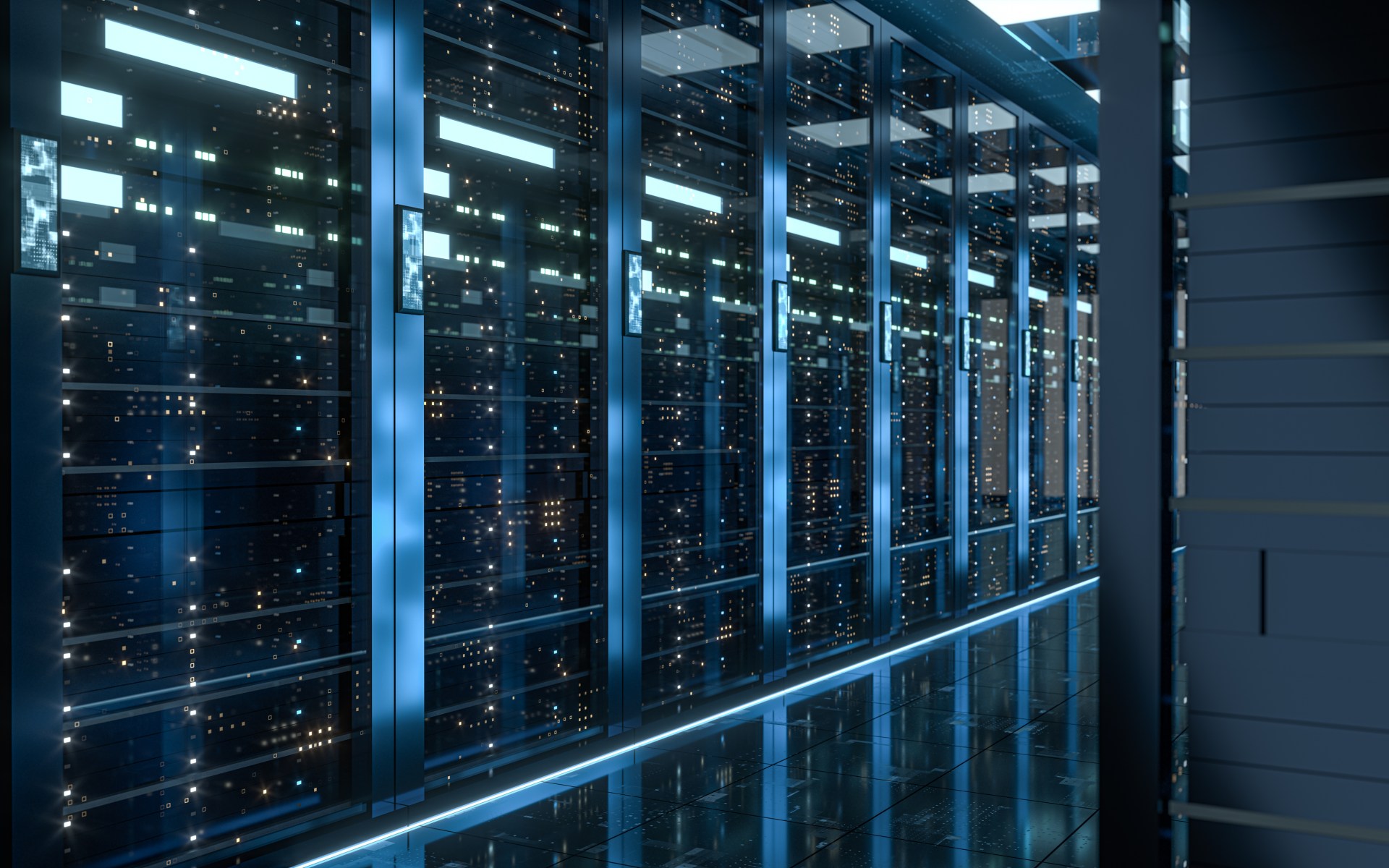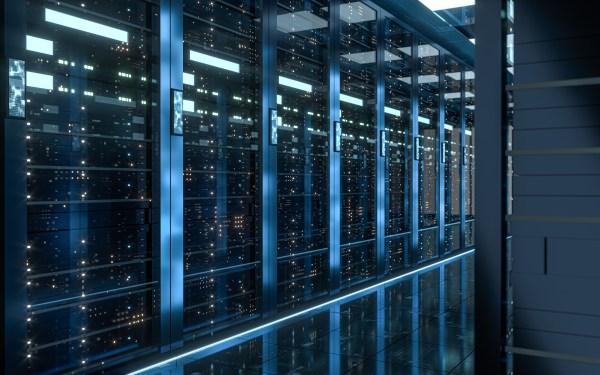Using colocation provides a straightforward and cost-effective route to AI and machine learning deployments. Here is a quick guide to what you need to know about it.
AI infrastructure
Here are five specific ways colocation supports the infrastructure needs of AI and machine learning applications.
Support for customization
One of the main reasons businesses choose colocation over the public cloud is that colocation enables them to customize their equipment. This is highly relevant to AI and ML deployments as these often require specialist hardware components such as Graphics Processing Units (GPUs), Field-Programmable Gate Arrays (FPGAs), and Tensor Processing Units (TPUs).
Efficient power infrastructure
Colocation providers invest in highly advanced power distribution systems. These ensure that all equipment is provided with the exact amount of energy it needs. They hence keep energy wastage to a minimum. This not only lowers operating costs but also aligns with sustainability goals.
Moreover, colocation facilities implement extensive redundancy in their power infrastructure. For example, they will have redundant electrical circuits to enable them to switch seamlessly between power sources. They will also typically use multiple energy providers. They may also generate some (or even all) of their electricity on-site.
For even more security, however, colocation facilities will have uninterruptible power supplies (UPSs) and backup generators that run on fuel. The UPSs only provide power for a brief period but they ensure a seamless transition to the backup generators. Backup generators usually have enough fuel to run the data center for an extended period.
Efficient cooling infrastructure
AI and ML both demand high-performance computing equipment. This often generates a lot of heat and therefore needs robust and reliable cooling. Colocation facilities are equipped with an array of cooling options. Some of these are, literally, integrated into the design of the facility. They leverage ambient sources of cooling such as fresh air.
These work in tandem with highly efficient mechanical sources of cooling such as precision liquid cooling systems. As with the power infrastructure, the cooling systems used in modern colocation facilities are highly precise. This means they can maintain the optimum temperature for hardware with the minimum use of energy.
Excellent connectivity
Colocation facilities are often located very close to internet exchange points (IXPs). This means they can offer high-speed, low-latency connections. They also generally offer seamless integration with the public cloud. In fact, it’s increasingly common for them to support multicloud infrastructure. Some colocation facilities now also offer support for edge computing.
The network infrastructure itself will typically be based on fiber-optic technology. Many colocation facilities will also support 5G. As with power and cooling infrastructure, network infrastructure will be both high-quality and efficient. It will also have extensive redundancy to ensure resilience.
Security and compliance management
AI and ML hardware can itself be an attractive target for thieves. The data it often contains may be even more attractive to them. This means that a high level of security is essential. Many businesses will also need to comply with at least some data security standards.
With colocation, the vendor takes care of security and compliance for the facility and its infrastructure. Clients just need to manage their own equipment.
GPU acceleration
GPU acceleration and high-performance computing are natural partners, especially for processing AI workloads. Here are five ways they can be leveraged in colocation environments.
Parallel processing power
GPUs excel at parallel processing, i.e. handling multiple tasks simultaneously. This parallelism is crucial for AI applications, which often involve complex mathematical computations on large datasets. In colocation settings, the integration of GPUs enables organizations to leverage parallelism, accelerating training and inference tasks and significantly reducing processing times.
Handling complex AI algorithms
AI workloads frequently involve intricate algorithms, especially in deep learning models. High-performance computing resources, coupled with GPU acceleration, provide the computational muscle required to navigate the complexities of these algorithms. This capability is essential for training sophisticated models that contribute to advancements in common AI domains such as natural language processing and image recognition.
Real-time processing for critical applications
In certain AI applications, especially those with real-time requirements, such as autonomous vehicles or healthcare diagnostics, low-latency processing is essential. GPU acceleration, supported by high-performance computing infrastructure in colocation facilities, enables organizations to meet these stringent latency demands, ensuring timely and responsive AI decision-making.
Efficient utilization of resources
The efficiency of GPU acceleration and HPC in colocation environments translates to optimized resource utilization. By offloading computationally intensive tasks to GPUs, CPU resources are freed up, enhancing overall system efficiency and enabling cost-effective AI infrastructure management.
Scalability and flexibility
Colocation environments offer the scalability needed to accommodate the growing demands of AI applications. As organizations scale their AI initiatives, the combination of GPU acceleration and HPC ensures that computational resources can be easily scaled up or down, providing the flexibility to adapt to evolving workloads.




